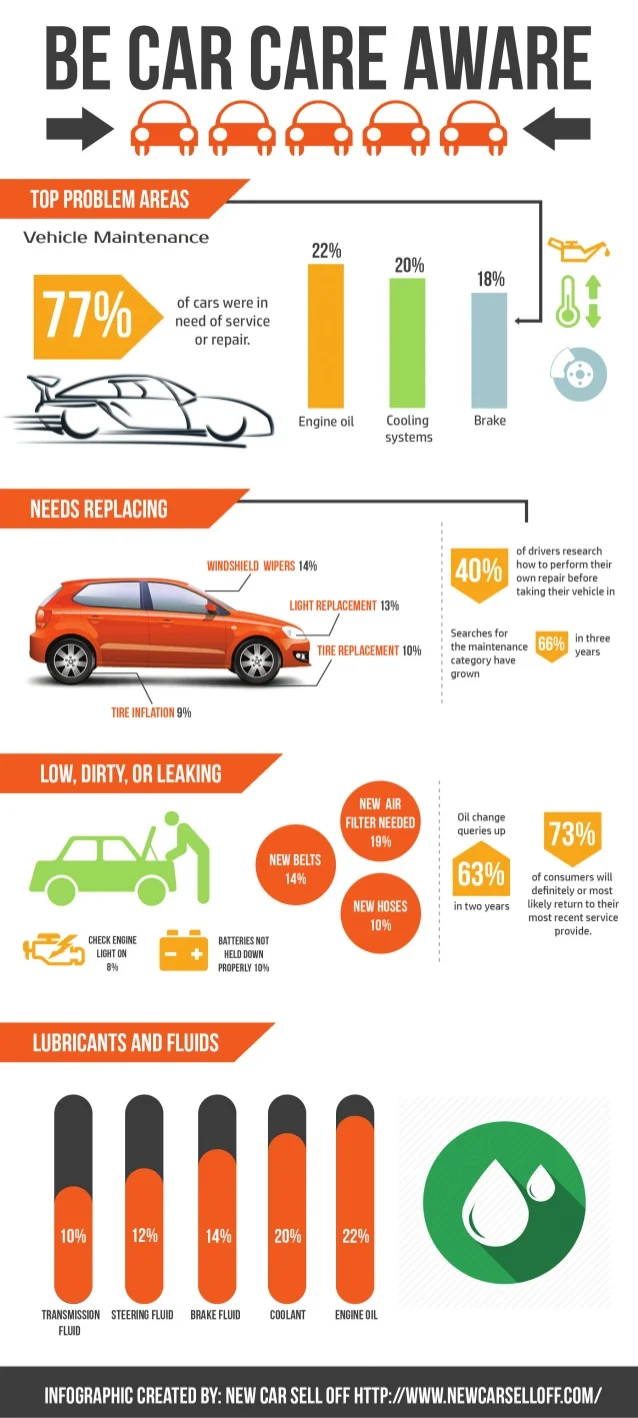Curious Concerning Those Control Panel Warning Lights In Your Cars And Truck? Learn What They Suggest For Your Automobile'S Health And Safety
Curious Concerning Those Control Panel Warning Lights In Your Cars And Truck? Learn What They Suggest For Your Automobile'S Health And Safety
Blog Article
Article Developed By-Higgins Alvarado
When you're behind the wheel, those beautiful caution lights on your control panel can be a bit perplexing. Do you recognize what they're trying to tell you about your automobile's wellness? Understanding the significance of these lights is crucial for your safety and the durability of your vehicle. So, the following time among those lights turns up, wouldn't you want to understand its message accurately and take the necessary actions to resolve it?
Common Caution Lighting and Interpretations
Recognize common caution lights in your car and understand their significances to ensure secure driving.
One of the most regular warning lights include the check engine light, which signals concerns with the engine or discharges system. If this light begins, it's crucial to have your lorry inspected promptly.
The oil stress advising light indicates low oil stress, calling for instant interest to avoid engine damages.
https://air-lift-performance-kits95061.blog-a-story.com/11563917/the-10-crucial-tips-for-identifying-the-right-car-service-center-near-you blinking battery light might recommend a damaged charging system, potentially leaving you stranded otherwise resolved.
The tire stress surveillance system (TPMS) light alerts you to reduced tire pressure, influencing lorry security and fuel efficiency. Overlooking this might cause unsafe driving problems.
The abdominal light indicates a problem with the anti-lock stopping system, endangering your ability to quit quickly in emergencies.
Finally, the coolant temperature level advising light warns of engine overheating, which can result in extreme damages otherwise settled swiftly.
Understanding these typical caution lights will certainly aid you address problems immediately and keep risk-free driving conditions.
Relevance of Prompt Interest
Understanding the usual warning lights in your cars and truck is just the very first step; the importance of immediately attending to these warnings can't be stressed enough to guarantee your security on the road.
When a warning light brightens on your dashboard, it's your auto's means of interacting a potential problem that needs focus. Overlooking these cautions can result in more extreme troubles in the future, compromising your safety and possibly costing you more out of commission.
Motivate interest to cautioning lights can stop failures and crashes. For instance, a blinking check engine light can show a misfire that, if left neglected, could cause damage to the catalytic converter. Addressing this immediately can conserve you from an expensive repair.
Likewise, a brake system alerting light may signify reduced brake liquid or used brake pads, crucial components for your security when driving.
DIY Troubleshooting Tips
If you observe a caution light on your control panel, there are a couple of do it yourself repairing pointers you can try prior to seeking professional help.
The primary step is to consult your vehicle's manual to comprehend what the details warning light shows. Often the problem can be as easy as a loose gas cap setting off the check engine light. Tightening up the gas cap may settle the problem.
An additional usual problem is a reduced battery, which can activate numerous warning lights. Inspecting mobilecarwash for rust and guaranteeing they're safe could take care of the problem.
If a warning light continues, you can attempt resetting it by separating the automobile's battery for a few mins and after that reconnecting it. Additionally, checking your car's liquid levels, such as oil, coolant, and brake liquid, can help repair cautioning lights associated with these systems.
Conclusion
To conclude, recognizing your vehicle's warning lights is essential for keeping your automobile running smoothly and safely. By without delay attending to these informs and understanding what they imply, you can prevent expensive repair work and possible malfunctions.
Remember to consult your car's manual for certain information on each cautioning light and take action as necessary to make certain a hassle-free driving experience.
Stay notified, remain risk-free when driving!
